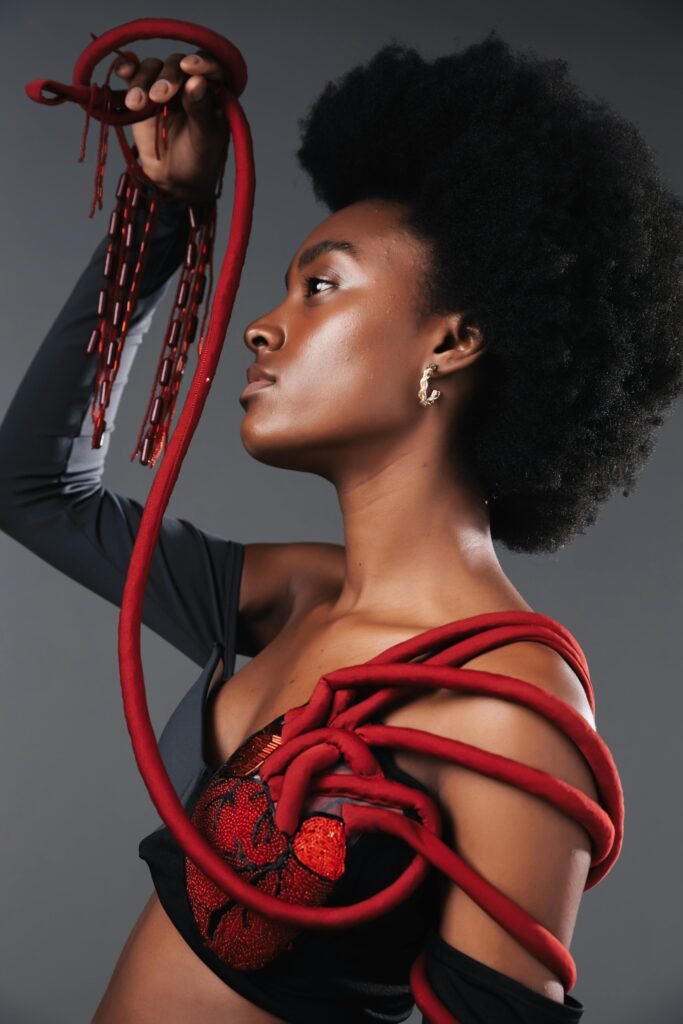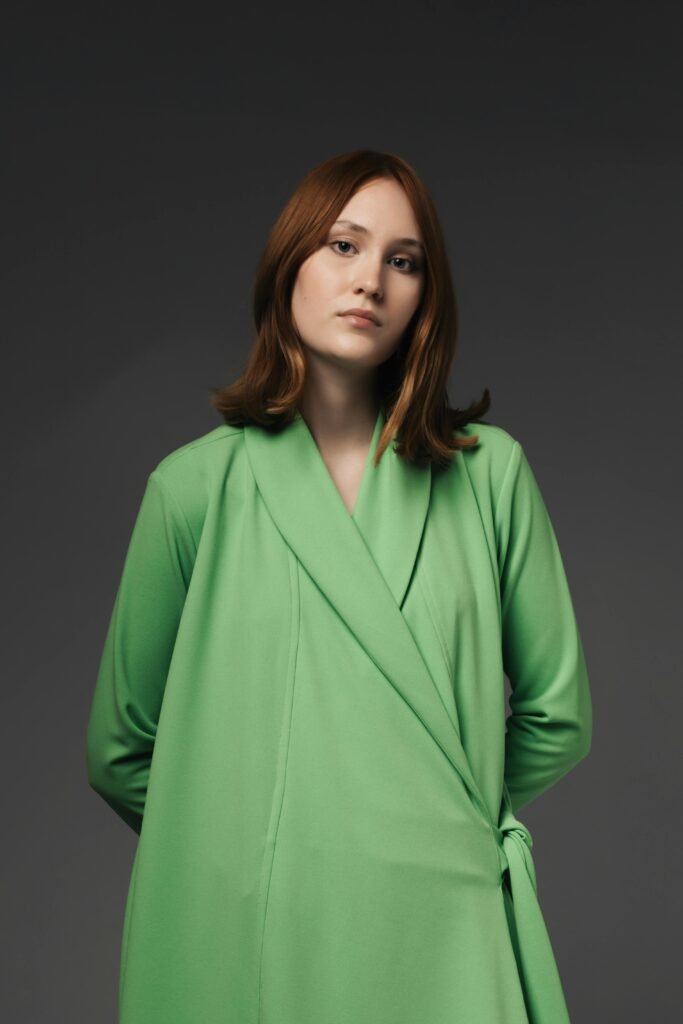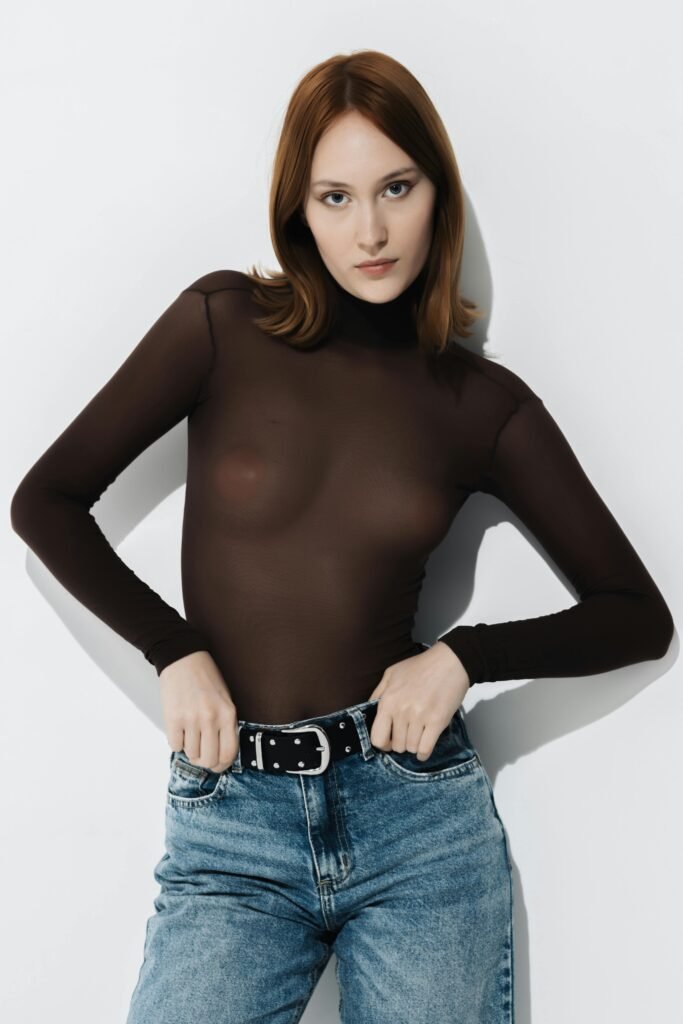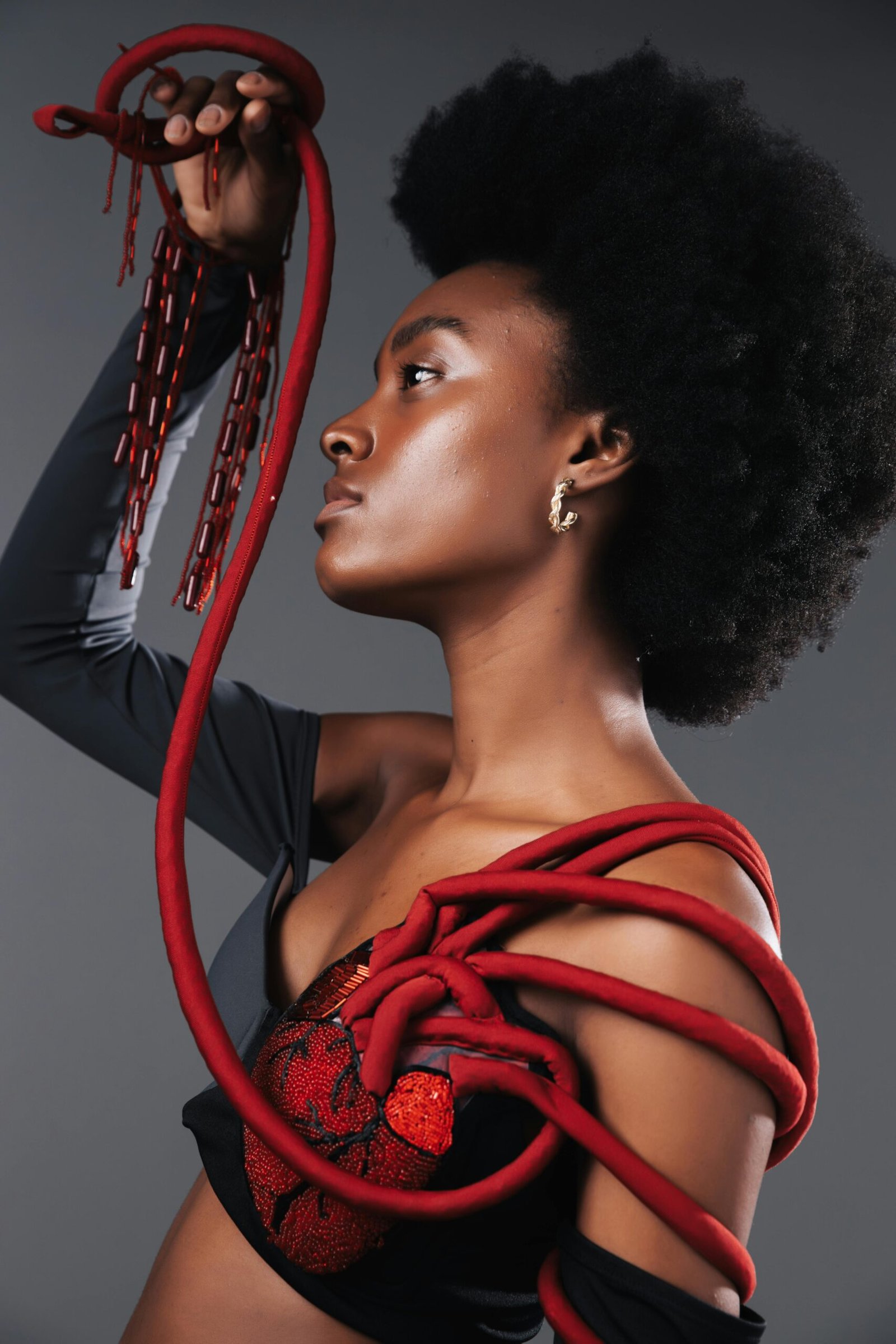If you’ve ever wanted to seamlessly blend your weave hair with your natural texture, look no further. In this article, we’ll share valuable tips on how to ensure a perfect match between your weave and natural hair. Whether you have wavy locks or tight curls, we’ve got you covered. From choosing the right hair type to understanding your natural texture, get ready to achieve a flawless look that will turn heads everywhere you go. So, let’s get started on this journey to hair perfection!

This image is property of images.pexels.com.
Understanding Your Natural Hair Texture
When it comes to choosing the right weave hair type, it is crucial to have a good understanding of your natural hair texture. Your natural hair texture refers to the overall look and feel of your hair, including its curl pattern, thickness, and porosity. By determining your hair type, identifying your hair texture, and understanding the characteristics of your natural hair, you can make informed decisions about the type of weave hair that will work best for you.
Determining Your Hair Type
Hair types are generally classified into four main categories: straight, wavy, curly, and kinky/coily. To determine your hair type, it is helpful to consider the shape of your individual strands. If your strands are mostly straight and flat, you likely have straight hair. If your strands have a slight “S” shape and are neither completely straight nor curly, you have wavy hair. If your strands form distinct curls or spirals, you have curly hair. And if your strands have tight, zigzag-like or coiled shapes, you have kinky/coily hair.
Identifying Your Hair Texture
Once you have determined your hair type, it is important to identify your hair texture. Hair texture refers to the thickness or diameter of your individual hair strands. It can range from fine to medium to coarse. Fine hair strands are often delicate and prone to breakage, while coarse hair strands are thicker and more resistant to damage. Knowing your hair texture will help you choose the right weave hair type that will blend seamlessly with your natural hair.
Understanding the Characteristics of Your Natural Hair
In addition to hair type and texture, understanding the characteristics of your natural hair is essential for selecting the right weave hair. Factors such as porosity, elasticity, and moisture retention can influence how your hair interacts with different weave hair types. Porosity refers to your hair’s ability to absorb and retain moisture. Elasticity refers to your hair’s ability to stretch and return to its original shape without breaking. It is important to consider these factors to ensure that the weave hair you choose will work well with your natural hair.
Choosing the Right Weave Hair Type
Now that you have a better understanding of your natural hair texture, it’s time to consider the different types of weave hair and how they might complement your natural hair.
Different Types of Weave Hair
There are various types of weave hair available, including synthetic hair, human hair, and a blend of both. Synthetic hair is made from artificial fibers and is generally more affordable but may not offer the same level of versatility and longevity as human hair. Human hair, on the other hand, is sourced from individuals and offers a more natural look and feel. It can be further categorized into virgin hair (unaltered and unprocessed) and non-virgin hair (chemically treated or processed).
Considering the Texture of Weave Hair
When choosing a weave hair type, it is crucial to consider the texture. Just like natural hair, weave hair can come in various textures, such as straight, wavy, curly, or kinky/coily. Selecting a weave hair texture that closely matches your natural hair texture will help ensure a seamless blend and a more natural-looking result. Take into account both the curl pattern and thickness of your natural hair when considering the texture of weave hair.
Selecting the Appropriate Weave Hair Type for Your Natural Hair
After considering the different types and textures of weave hair, it’s important to choose the appropriate weave hair type for your natural hair. This decision will depend on a variety of factors, including your desired style, the level of maintenance you are comfortable with, and your budget. Synthetic hair may be a more cost-effective option for short-term styles or experimentation, while human hair offers greater versatility, longevity, and a more natural look and feel.

This image is property of images.pexels.com.
Color Matching
To achieve a seamless and natural-looking result, color matching between your natural hair and the weave hair is crucial. Here are some important factors to consider when choosing the right color for your weave hair.
Matching the Color of the Weave Hair with Your Natural Hair
When selecting a weave hair color, aim to match it as closely as possible to your natural hair color. This will help create a cohesive and blended look. Consider aspects such as the undertones, highlights, and lowlights in your natural hair when choosing the weave hair color. If you can’t find an exact match, opt for a shade that is slightly lighter or darker than your natural hair color to create dimension and depth.
Considering Highlights or Lowlights
Adding highlights or lowlights to your weave hair can further enhance the blend with your natural hair. Highlights are lighter strands of hair, while lowlights are darker strands. By strategically placing these accents, you can mimic the natural color variations in your hair and create a more realistic and multidimensional appearance. Consult with a professional stylist for expert advice on where to place the highlights or lowlights for the best result.
Blending Techniques for a Seamless Look
To achieve a seamless and undetectable blend between your natural hair and the weave hair, consider using blending techniques. These techniques involve layering your natural hair with the weave hair, strategically placing and styling the weave hair, and using styling products to ensure a cohesive look. Experiment with different blending techniques, such as leave-out, partial sew-in, or full sew-in, to find the one that works best for you and your desired style.
Length and Volume
Choosing the right length and volume of weave hair is essential for achieving your desired look. Whether you prefer long and flowing locks or short and voluminous curls, here are some factors to consider.
Determining the Desired Length and Volume
Consider the length and volume you desire for your hairstyle. Do you want to add length to your natural hair, or are you looking to enhance the volume and thickness? Determine your desired outcome to guide your weave hair selection.
Choosing a Weave Hair Length that Complements Your Natural Hair
When selecting the length of your weave hair, it’s important to choose a length that complements your natural hair. If your natural hair is shorter, opting for a significantly longer weave may result in an unrealistic appearance. On the other hand, if you have longer natural hair, choosing a shorter weave can create a chic and layered look. Find a balance that enhances your natural hair while achieving your desired length.
Methods to Achieve Desired Volume with Weave Hair
If you’re looking to add volume to your natural hair, weave hair can be a great option. Consider using techniques such as layering, teasing, or selecting a weave hair texture that adds volume. Experiment with different styling methods, such as blow-drying, curling, or using volumizing products, to achieve your desired volume. Consult with a professional stylist for personalized advice on how to achieve the perfect volume with weave hair.

This image is property of images.pexels.com.
Curl Pattern Compatibility
If you have natural curls or want to enhance your natural curl pattern, it’s important to choose a weave hair curl pattern that matches. Here’s how you can achieve a cohesive style with both your natural and weave curls.
Understanding Your Natural Curl Pattern
Familiarize yourself with your natural curl pattern to determine the appropriate weave hair curl pattern. Natural curls can range from loose waves to tight coils, and it’s important to know the specific characteristics of your curls. This will help you select the right weave hair curl pattern that will seamlessly blend with your natural curls.
Choosing a Weave Hair Curl Pattern that Matches
When selecting a weave hair curl pattern, opt for one that closely matches your natural curls. This will help ensure that the weave hair blends seamlessly with your natural hair and creates a cohesive style. Consider factors such as the size, shape, and tightness of your natural curls when choosing the weave hair curl pattern. Experiment with different curl patterns to find the one that best complements your natural hair.
Blending Natural and Weave Curls for a Cohesive Style
To achieve a cohesive style with both your natural and weave curls, it’s important to blend them seamlessly. Use techniques such as twist-outs, braid-outs, or rod sets to create uniform curls throughout your hair. Blend the natural and weave curls using a curling iron or flexi rods to ensure a cohesive and natural-looking result. Experiment with different styling techniques and products to find the ones that work best for your hair type and desired style.
Density Considerations
Matching the density of the weave hair to your natural hair is crucial for achieving a natural-looking hairline and overall appearance. Here’s how you can ensure the density of the weave hair complements your natural hair.
Matching the Density of the Weave Hair to Your Natural Hair
To create a seamless blend, the density of the weave hair should match your natural hair. Density refers to the amount and thickness of hair per square inch. If your natural hair is thin or sparse, opting for a weave hair with a lower density can help create a more realistic look. On the other hand, if your natural hair is thick and voluminous, choosing a weave hair with a higher density will ensure a fuller and more natural appearance.
Blending Techniques to Create a Natural-looking Hairline
Creating a natural-looking hairline is essential for a believable weave hair installation. To achieve this, use blending techniques such as leaving out a small section of your natural hair at the front or using a lace closure or frontal to mimic the appearance of your natural hairline. Consult with a professional stylist for expert advice on how to blend the weave hair with your natural hairline for the most seamless result.
Avoiding Excessive or Insufficient Density
When choosing the density of your weave hair, it’s important to strike a balance. Avoid selecting weave hair with excessive density, as it can look unnatural and bulky. Similarly, opting for weave hair with insufficient density may result in a thin and less voluminous appearance. Experiment with different density options to find the one that best matches your natural hair and creates a harmonious overall look.
Managing Different Growth Stages
As your natural hair goes through different growth stages, it’s essential to choose weave hair that can seamlessly transition with your hair. Here’s how you can manage different growth stages with your weave hair.
Choosing Weave Hair that Matches Your Current Hair Growth Stage
To ensure a consistent look throughout different hair growth stages, choose weave hair that matches your current stage. For example, if you’re in the early stages of growing out a short haircut, opt for a weave hair length that complements the length of your natural hair. By selecting weave hair that matches your current growth stage, you can maintain a cohesive style and avoid any noticeable discrepancies.
Transitioning Between Growth Stages with Weave Hair
As your natural hair grows, it’s natural for it to go through various lengths and stages. Weave hair can be a helpful tool in seamlessly transitioning between these stages. Consider using transition styles, such as wigs or clip-in extensions, to bridge the gap between different growth stages. These temporary options can allow you to maintain a consistent look while waiting for your natural hair to grow or change.
Maintaining a Consistent Look Throughout Different Stages
To maintain a consistent look throughout different stages of hair growth, it’s important to take care of both your natural hair and weave hair. Follow a regular hair care routine, including washing, conditioning, and moisturizing both your natural hair and weave hair. Consult with a professional stylist for personalized advice on how to manage different growth stages and maintain a consistent style.
Considering Hair Treatments and Styling
When choosing weave hair, it’s essential to consider any hair treatments or styling methods you regularly use on your natural hair. Here’s how you can ensure compatibility between your natural hair preferences and weave hair.
Effects of Chemical Treatments on Weave Hair
If you regularly undergo chemical treatments, such as relaxing, perming, or coloring your natural hair, it’s important to consider the effects on weave hair. Chemical treatments can alter the texture and structure of your natural hair, and if not properly managed, they can also affect the weave hair. Be mindful of the compatibility between your natural hair treatments and the weave hair you choose. Opt for high-quality, chemically treated or processed weave hair if you want it to better align with your preferred styling methods.
Selecting Weave Hair that Aligns with Your Preferred Styling Methods
Consider your preferred styling methods and ensure that the weave hair you choose is compatible with them. If you frequently straighten your natural hair, opt for weave hair that can be heat-styled without damage. If you enjoy experimenting with different hairstyles, choose weave hair that offers versatility and can be easily manipulated into different looks. By aligning your weave hair with your preferred styling methods, you can achieve the desired result and minimize any potential damage.
Protecting Both Your Natural Hair and Weave Hair During Styling
When styling your hair, it’s important to protect both your natural hair and weave hair from damage. Use heat protectant products when heat-styling, avoid excessive pulling or tugging, and be gentle when detangling to minimize any stress on the hair. Incorporate regular deep conditioning treatments to keep your natural hair and weave hair moisturized and healthy. By practicing proper styling techniques and providing adequate care, you can ensure the longevity and quality of your weave hair.
Maintenance and Longevity
To ensure the longevity and quality of your weave hair, it’s important to follow proper maintenance techniques. Here are some tips to help you maintain the weave hair’s quality and extend its lifespan.
Tips for Maintaining the Weave Hair’s Quality and Longevity
Proper maintenance is key to preserving the quality and longevity of your weave hair. Follow a regular maintenance routine, including washing, conditioning, and detangling the hair. Use high-quality hair care products that are suitable for weave hair, and avoid using products that contain harsh chemicals or sulfates, as they can cause damage or buildup. Be gentle when handling the hair and avoid excessive pulling or tugging to prevent shedding or breakage.
Proper Washing, Conditioning, and Styling Techniques for Weave Hair
When washing your weave hair, use a gentle shampoo and conditioner specifically formulated for extensions or weave hair. Avoid rubbing or scrubbing the hair vigorously, as this can cause tangling or damage the hair fibers. Instead, gently work the products through the hair and rinse thoroughly. After washing, use a wide-tooth comb or your fingers to detangle the hair, starting from the ends and working your way up to the roots. When styling, use heat protectant products and temperature-controlled styling tools to prevent heat damage.
Extending the Lifespan of Your Weave Hair
With proper care and maintenance, you can extend the lifespan of your weave hair. Avoid sleeping with wet hair, as this can cause tangling or matting. Cover your hair with a satin or silk scarf or use a satin or silk pillowcase to reduce friction and preserve the hair’s smoothness and shine. When not wearing your weave hair, store it properly to prevent tangling or damage. Consider using a mannequin head or a hair extension hanger to maintain the hair’s shape and prevent tangles.
Seeking Professional Advice
While you can certainly achieve great results on your own, seeking professional advice is always beneficial, especially when it comes to matching and installing weave hair. Here’s why consulting with a professional stylist and getting a weave hair consultation is important.
Consulting with a Professional Stylist
A professional stylist can provide expert advice and guidance tailored to your specific hair type, texture, and desired style. They can assess your natural hair and recommend the most suitable weave hair type, texture, and length that will complement your natural hair. A stylist can also suggest blending techniques, color matching options, and hair care routines to ensure the best outcome. Don’t hesitate to reach out to a trusted stylist for personalized advice and assistance.
Getting a Weave Hair Consultation
Before making any decisions or purchasing weave hair, it’s highly recommended to schedule a consultation with a professional stylist or hair specialist. During the consultation, you can discuss your desired style, ask questions, and receive personalized recommendations based on your individual needs and preferences. This will help ensure that the weave hair you choose is the right fit for you and will help you achieve your desired look.
Choosing a Reputable Salon for Weave Hair Matching and Installation
When it comes to weave hair matching and installation, choosing a reputable salon is essential. Look for salons with experienced stylists who have expertise in working with different hair types and textures. Read reviews, ask for recommendations, and don’t be afraid to ask questions about the salon’s experience and techniques. A reputable salon will provide top-quality service, use high-quality products, and ensure that the weave hair is installed properly and securely.
By following the tips provided in this comprehensive guide, you’ll be well-equipped to choose weave hair that matches your natural texture, complements your hair growth stages, and achieves your desired style. Remember, understanding and embracing your natural hair is the first step towards finding the perfect weave hair that will enhance your beauty and confidence.
